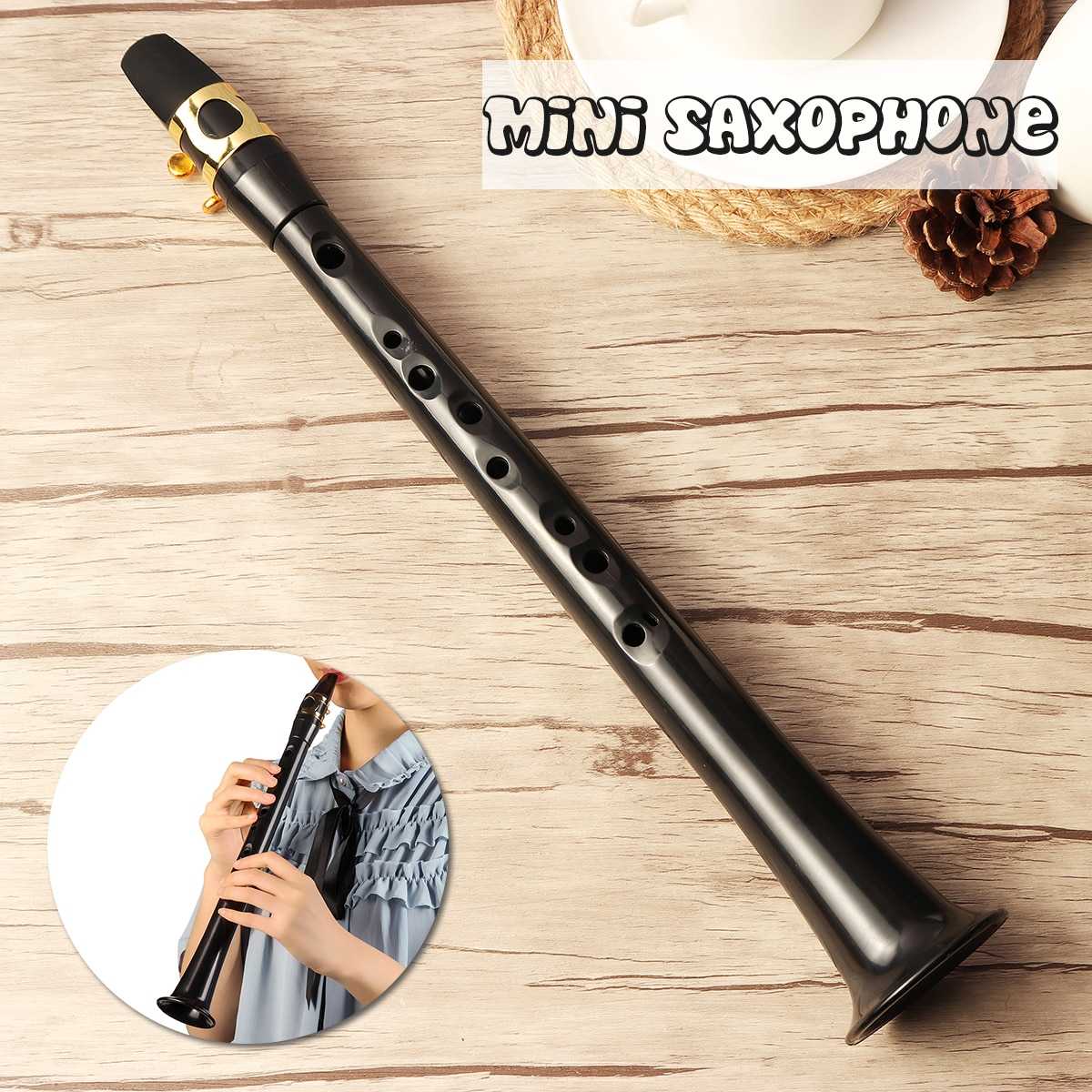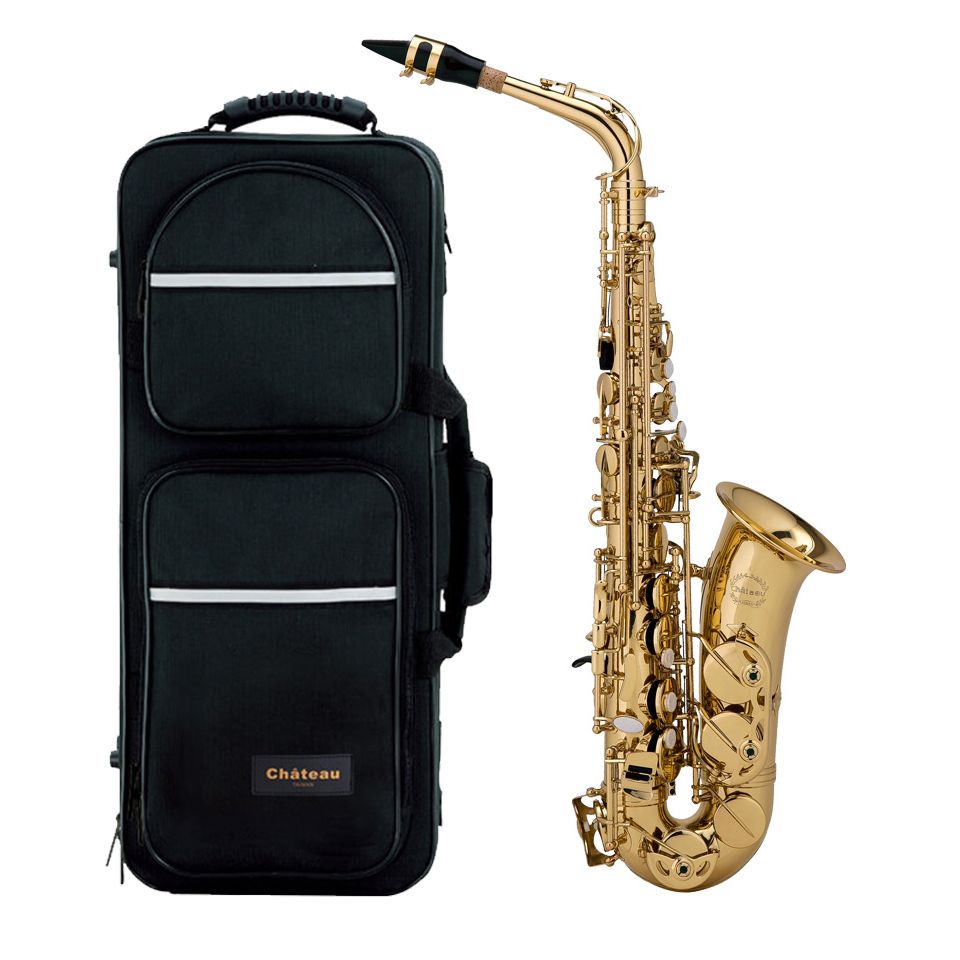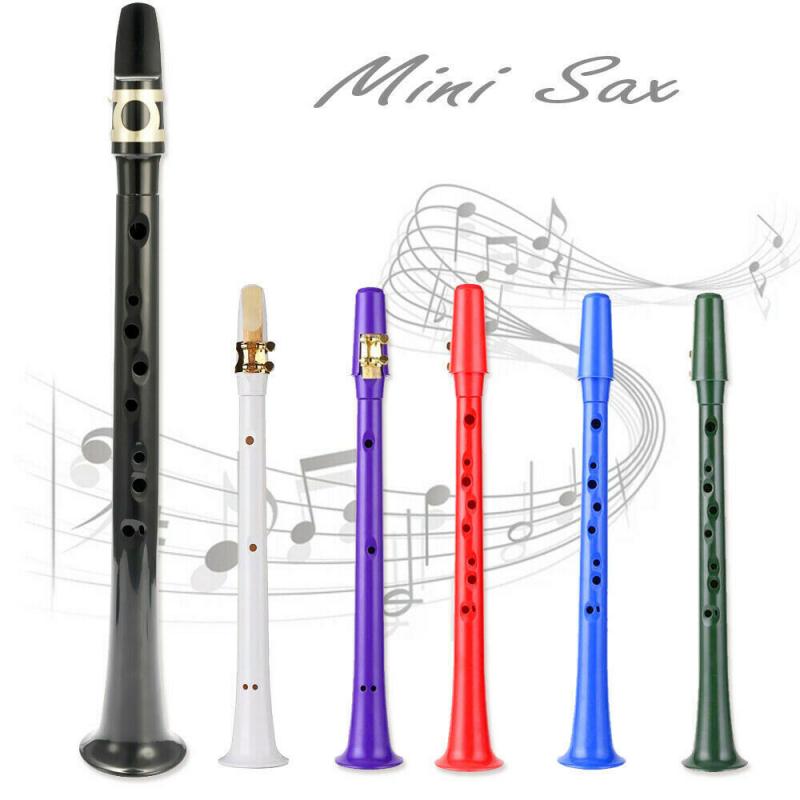The Pocket Saxophone: A Revolutionary Musical Companion
Imagine carrying a saxophone that fits perfectly in your pocket, ready to serenade at a moment's notice. The pocket saxophone is transforming the world of music, offering portability without compromising sound quality. Whether you're a professional musician or an enthusiastic beginner, this compact instrument is making waves in the music industry.
The pocket saxophone has become a sensation among musicians worldwide, sparking curiosity and creativity. Its innovative design allows for easy transport, making it a favorite among travelers, students, and performers alike. This article will delve into the intricacies of this fascinating instrument, exploring its history, features, and impact on modern music.
As we explore the world of the pocket saxophone, we'll uncover why it's become a must-have for musicians seeking versatility and convenience. From its unique design to its impressive sound capabilities, this article will provide everything you need to know about this groundbreaking instrument.
Read also:Where Is Pampo Aurora Now The Ultimate Guide To Tracking And Updates
Table of Contents
- History of the Pocket Saxophone
- Design and Innovation
- Types of Pocket Saxophones
- Sound Quality and Performance
- Portability and Convenience
- Benefits of Owning a Pocket Saxophone
- Comparison with Traditional Saxophones
- Maintenance and Care
- Market Trends and Popularity
- The Future of Pocket Saxophones
- Subheading: Who Should Consider a Pocket Saxophone?
- Subheading: How to Choose the Right Pocket Saxophone
- Subheading: Popular Brands and Models
- Subheading: Tips for Beginners
- Subheading: Advanced Techniques for Pocket Saxophone
- Subheading: Frequently Asked Questions
History of the Pocket Saxophone
The pocket saxophone's journey began in the early 2000s when manufacturers sought to create a more portable version of the traditional saxophone. This innovation aimed to address the challenges faced by musicians who found carrying full-sized saxophones cumbersome. The first pocket saxophones were primarily made from plastic, ensuring lightweight construction while maintaining a reasonable level of sound quality.
Over the years, advancements in materials and technology have significantly improved the pocket saxophone's design and performance. Today, these instruments are crafted using high-quality materials such as ABS plastic and metal alloys, offering durability and enhanced acoustics.
Design and Innovation
The design of the pocket saxophone is a marvel of modern engineering. It features a compact body that can be easily disassembled for storage and transport. Despite its smaller size, the instrument retains the essential components of a traditional saxophone, including keys, tone holes, and a mouthpiece.
Who Should Consider a Pocket Saxophone?
The pocket saxophone is ideal for musicians who value portability and convenience. Travelers, students, and performers who frequently move from one location to another will find this instrument particularly appealing. Additionally, beginners may appreciate the ease of learning on a pocket saxophone before transitioning to a full-sized model.
Types of Pocket Saxophones
There are several types of pocket saxophones available in the market, each catering to different preferences and skill levels:
- Pocket Alto Saxophone: The most common type, offering a rich, mellow tone.
- Pocket Soprano Saxophone: Produces a brighter, more piercing sound.
- Pocket Tenor Saxophone: Provides a deeper, fuller tone suitable for jazz and classical music.
Sound Quality and Performance
One of the primary concerns when considering a pocket saxophone is its sound quality. While it may not match the resonance of a full-sized saxophone, modern pocket saxophones deliver impressive performance capabilities. Advances in materials and manufacturing techniques have significantly improved their tonal range and projection.
Read also:Carl Pistorius The Untold Story Of Talent Challenges And Legacy
How to Choose the Right Pocket Saxophone
Selecting the right pocket saxophone involves considering factors such as your skill level, musical preferences, and budget. Beginners may opt for entry-level models with basic features, while advanced players might prefer higher-end versions offering superior sound quality and durability.
Portability and Convenience
The primary advantage of the pocket saxophone is its portability. Weighing significantly less than traditional saxophones, it can be easily carried in a backpack or even a large pocket. This feature makes it an excellent choice for musicians who need to travel frequently or perform in various locations.
Moreover, the compact size of the pocket saxophone allows for convenient storage, saving valuable space in homes, studios, or vehicles.
Benefits of Owning a Pocket Saxophone
Owning a pocket saxophone offers numerous benefits, including:
- Portability: Easily transportable, perfect for travel and outdoor performances.
- Affordability: Generally more cost-effective than traditional saxophones.
- Accessibility: Ideal for beginners and students learning the basics of saxophone playing.
- Versatility: Suitable for various musical genres, from jazz to pop and beyond.
Comparison with Traditional Saxophones
While the pocket saxophone excels in portability and affordability, it does have some limitations compared to traditional saxophones. For instance, its smaller size may affect its sound projection and tonal range. However, advancements in technology continue to bridge this gap, making pocket saxophones increasingly competitive in the music world.
Popular Brands and Models
Several reputable brands produce high-quality pocket saxophones, including:
- Pocket Sax by P.M. Woodwind: Known for its innovative design and excellent sound quality.
- Yamaha P-11: Offers durability and reliability, favored by professional musicians.
- JP Instruments Pocket Alto: A budget-friendly option for beginners and students.
Maintenance and Care
Proper maintenance is crucial to ensure the longevity and performance of your pocket saxophone. Regular cleaning, lubrication of keys, and storage in a protective case are essential practices. Additionally, it's advisable to consult a professional technician for periodic inspections and repairs.
Tips for Beginners
For those new to the world of pocket saxophones, here are some helpful tips:
- Start with basic exercises to develop finger dexterity and breath control.
- Practice regularly to build endurance and improve technique.
- Join online communities or local groups to connect with fellow musicians and share experiences.
Market Trends and Popularity
The demand for pocket saxophones has been steadily increasing, driven by their unique features and growing acceptance in the music community. According to a report by Music Industry Today, the global market for portable musical instruments is projected to grow by 7% annually over the next decade, with pocket saxophones playing a significant role in this expansion.
This popularity is fueled by the rise of digital platforms and social media, where musicians showcase their skills using compact instruments like the pocket saxophone.
The Future of Pocket Saxophones
Looking ahead, the future of pocket saxophones appears promising. Innovations in material science and acoustic engineering are expected to further enhance their sound quality and performance capabilities. Additionally, collaborations between manufacturers and professional musicians could lead to the development of new models tailored to specific musical styles and preferences.
Advanced Techniques for Pocket Saxophone
For advanced players, mastering techniques such as vibrato, overtones, and multiphonics can unlock the full potential of the pocket saxophone. Experimenting with these methods can add depth and complexity to your performances, making your music stand out.
Frequently Asked Questions
Here are some common questions about pocket saxophones:
- Q: Is the pocket saxophone suitable for professional performances? A: While it may not replace a full-sized saxophone in all scenarios, the pocket saxophone is increasingly being used in professional settings, especially for outdoor or informal performances.
- Q: How long does it take to learn to play the pocket saxophone? A: Beginners can start producing basic notes within a few weeks, but mastering the instrument requires consistent practice and dedication.
- Q: Are pocket saxophones durable? A: Modern pocket saxophones are built to last, with many models featuring robust materials that can withstand regular use and occasional mishandling.
Conclusion
The pocket saxophone has revolutionized the music industry by offering a portable, affordable, and versatile alternative to traditional saxophones. Its innovative design and impressive performance capabilities make it an attractive choice for musicians of all skill levels. As technology continues to advance, the future of pocket saxophones looks brighter than ever.
We invite you to share your thoughts and experiences with the pocket saxophone in the comments section below. Additionally, explore our other articles on musical instruments and accessories to enhance your knowledge and skills. Together, let's celebrate the joy of music and the endless possibilities it brings!


